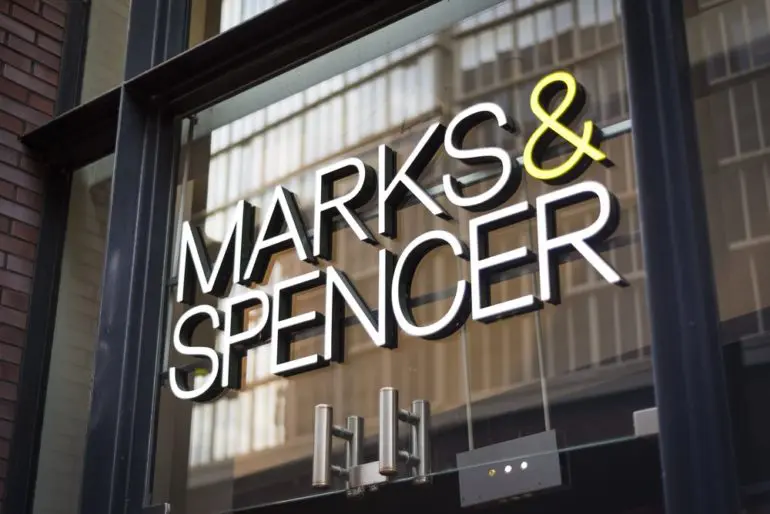Marks and Spencer has warned it could be forced to close more stores as it battles to improve its fortunes.
Chairman Archie Norman said the plan to close 100 shops, announced in May, would happen within the next two years.
“I can’t tell you it won’t be the last,” he told shareholders.
Mr Norman – who was parachuted in last year to lead a turnaround of the business – said the size of the company’s store portfolio had become “a drag on our performance”.
Marks said in May that it planned to close 100 stores by 2022, in a turnaround that it said was “vital” for the retailer’s future.
However, chief executive Steve Rowe said that the vast majority of the staff working in the stores closed so far had been relocated within the business, but he warned this wouldn’t always be possible saying “more redundancies” were “likely”.
The two M&S bosses were speaking at its annual meeting.
It was the first annual meeting for Archie Norman, who was parachuted in last year to lead a turnaround of the business.
Under its plan, M&S wants to move a third of its sales online and plans to have fewer, larger clothing and homeware stores in better locations.
Competition
Marks & Spencer said on Monday it would not provide its usual trading update at the annual meeting.
The chain said it was because Mr Norman wanted to take a more long-term view of the embattled business.
“For me the results in the next two years aren’t the most important thing. We are here to deliver a profitable, growing business in five years’ time,” Mr Norman said at the annual meeting.
“This is probably the biggest turnaround in UK retail.”
He said M&S was facing competition from online retailers as well as discounters such as Aldi, Lidl and Primark.
Blame
To cut costs and improve its operations, M&S has shut some warehouses in its distribution network.
The retailer has already closed warehouses in Warrington and Neasden, and on Tuesday said the future of its Donnington warehouse was under review.
Profits at Marks and Spencer fell by almost two thirds to £176.4m last year following a costly business overhaul.
The retailer said that a decline in clothing sales and higher costs from opening new food stores were partly to blame for the 64% fall.


